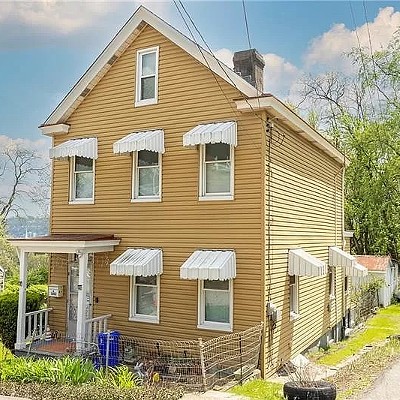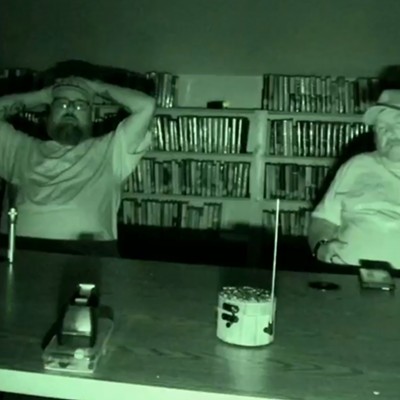Strangely enough, you don't find a lot of places clamoring to be called the "City of Tunnels." I did a Google search, and found only a few scattered references to the phrase, including this stirring passage from an April 2003 session of Saskatchewan's Legislative Assembly: "Mr. Speaker, here's a quiz for you. What city is the fastest-growing tourist destination in Saskatchewan? ... It's Moose Jaw, Mr. Speaker -- the city of tunnels, the city of downtown murals, the city of the Temple Gardens Mineral Spa, the city with excellent shops, museums and restaurants."
You'll note that being the "city of tunnels" isn't quite enough even for Moose Jaw. They've got to tart it up with references to mineral spas and murals. Then again, the city with the strongest claim on the "City of Tunnels" title isn't exactly a tourist destination. The city most frequently referred to as a "city of tunnels" is the Palestinian town of Rafah, where the tunnels in question are used to smuggle arms past Israeli soldiers to arm the intifada.
Clearly, tunnels don't offer the same glamour as bridges do. Unlike a bridge, there isn't much to see from them, except exhaust-stained walls and the taillights of the guy in front of you. Let's face it: There's a kind of public-lavatory feel about most tunnels, and only the view from the Downtown side of the Fort Pitt Tunnel is adequate compensation. Plus, Pittsburgh's three major traffic tunnels -- the Fort Pitt, Liberty and Squirrel Hill -- all act as rush-hour choke points. Drivers usually fare better in the city's two smaller tunnels: the Armstrong -- which joins Uptown to the South Side by way of the 10th Street Bridge and which is best known for its distinctive curve -- and the Corliss Street Tunnel, which offers quick access to Sheraden, should you ever be desperate enough to need it. "T" riders not only get to appreciate our impressive Downtown subway system (stop snickering, newcomers) but also a third tunnel under Mount Washington, bored into the earth two decades before the Liberty Tunnel was dug.
Compiled by the intrepid Bruce Cridlebaugh, the Web site pghbridges.com lists 19 tunnels within the city limits, many of which are now closed. Some of these are for railroads, some are for pedestrians, and at least one of which serves both -- provided the pedestrian in question is a particularly idiotic college kid in Oakland taking a dare.
Downtown Pittsburgh especially is honeycombed with underground walkways. For starters, there's the walkway connecting the US Steel Tower to One Mellon Center. The Mellon buildings in town also are joined by subterranean passages, which ensure that when the financial company's board of directors gathers for their dark rituals, they don't have to worry about dragging their blood-red robes through slushy streets. The Grant Building has a tunnel connecting it to the City-County Building, which is joined in turn to the County Office building and the County Courthouse. These passages have been sealed off as a post-9/11 security measure, sadly: I still remember walking through them and discovering ancient dusty catacombs, where ancient public-sector computers were stored with all the reverence given the early Christian martyrs.
In fact, some of Pittsburgh's most storied tunnels are also the least visible. There's the old Wabash Tunnel, which emerges from the side of Mount Washington across from Station Square. Best known as the "tunnel to nowhere," it is a remnant of the Wabash Railroad, an abortive attempt to challenge the Pennsylvania Railroad's hammerlock on Pittsburgh rail service in the 19th century.
But for my money, the most interesting tunnel is the one that during the mid-1800s carried boats along the Pennsylvania Canal beneath Grant's Hill, from the Ohio River to the Monongahela. It's buried now, revealed only when major construction requires excavating near Grant Street. During one such dig in 1911, for example, thousands of Pittsburghers toured the gaping tunnel, and staffers from the Carnegie Museum collected samples of the stalactites and stalagmites that had developed over the years. Perhaps it will be unearthed again someday ... if we ever need to smuggle arms to Moose Jaw.










